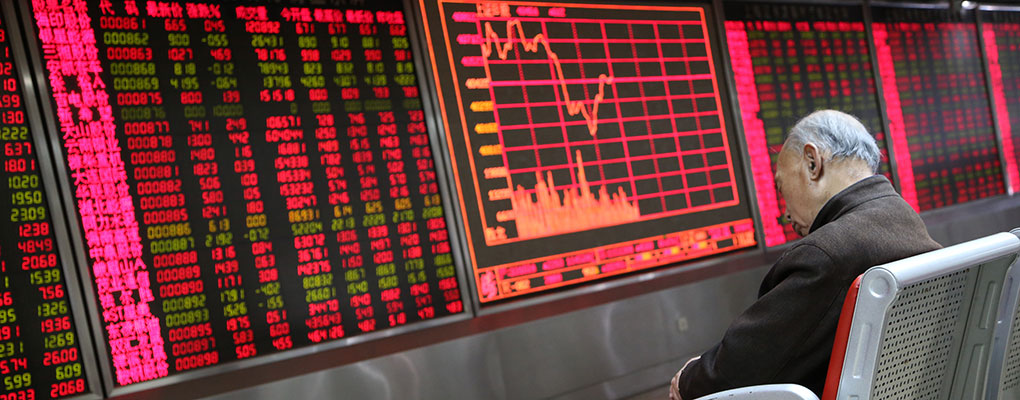
The Chinese economy grew by 6.7 percent in the first quarter of 2016, according to newly released data from China’s National Bureau of Statistics (NBS). This was down from 6.8 percent growth in the previous quarter, showing that China’s economy is continuing its pattern of slowed growth in 2016. This was also the slowest rate of growth that the country’s economy had experienced since the first quarter of 2009.
While this slowed GDP growth indicates that the Chinese economy is facing continued headwinds, the figures remained inline with government targets, as the Chinese Government is aiming for a growth rate of between 6.5 and seven percent in 2016.
According to the press release distributed by the NBS: “The overall performance of national economy continued to be stable and move in a positive direction, with structural adjustment deepened, new impetus accumulated and positive changes showed on major indicators. The national economy enjoyed a good start.”
Meanwhile, certain indicators showed that, despite the reduced growth figure, the Chinese economy is picking up: the NBS noted that investment in real estate has picked up recently, while fixed asset investment saw nominal year-on-year growth of 10.7 percent. Manufacturing and exports in March also saw increased growth, both of which had also been noted by other data sources recently.
At the same time, the NBS noted that “in the first quarter of 2016, the national per capita disposable income of residents was RMB 6,619 [$1,022], a nominal growth of 8.7 percent year-on-year, or a real increase of 6.5 percent after deducting price factors”. This increased income falls in line with the Communist Party’s goal of raising domestic spending and demand, moving away from relying upon heavy investment for growth.
However, some areas of weakness that must be addressed by the state do still remain, including rising levels of corporate debt and overcapacity among China’s state-owned enterprises; often referred to as ‘zombie firms’. However, the latest data suggests that China’s slowdown is unlikely to be the much-feared “hard landing” that more pessimistic observers had predicted.


